Trending
Will EB-5 stay alive?
The Wheel is just the latest in a string of failures for a program some say is in its ‘last cycle’
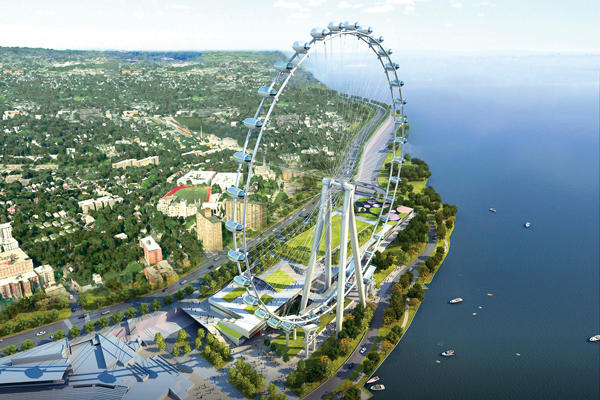
The failure of the planned New York Wheel, a giant Ferris Wheel planned on Staten Island, was a gut punch for the controversial EB-5 program. But it was not the only blow EB-5 has faced lately.
That federal program — which provides green cards to foreigners who invest a minimum of $500,000 in qualifying real estate developments — is seeing serious setbacks. And developers may need to start weaning themselves off the capital source once referred to as the “crack cocaine” of real estate financing. Not only is EB-5 investor interest down, but there’s also a growing list of EB-5-financed projects headed to court.
JDS Development Group’s Michael Stern recently said the program may be in its “last cycle” and predicted that the current spate of lawsuits will be the first of many. “I think that wave of ligation is just starting,” he said in October during The Real Deal’s Miami Showcase and Forum.
Stern added that he believes Opportunity Zone financing will replace EB-5 as the “vehicle of choice for real estate equity.”
Meanwhile, the EB-5 program, which launched in 1990 and has been renewed for short stints ever since, is set to expire again early this month. This time, it’s less clear what kind of backing it will have.
“This is the first time I can remember that there’s been no recent active negotiations to try to resolve EB-5,” said attorney Ronald Fieldstone of Saul, Ewing, Arnstein & Lehr.
Other sources, however, say lobbying efforts are in full swing. “The industry is definitely not turning away from the program,” said Reid Thomas of California-based EB-5 servicer NES Financial.
Here’s a look at some of the key stats surrounding the cash cow that is EB-5.
3.5M
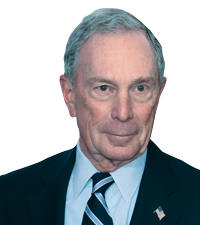
The number of annual visitors that the New York Wheel was predicted to attract — at a minimum. That’s just shy of roughly 4 million visitors the Empire State Building gets annually. The project attracted 412 investors, who forked over $206 million, since it was announced back in 2012 with Mayor Michael Bloomberg on hand.
$18B+
The amount of EB-5 capital that was poured into U.S. development projects between 2008 and last year. Among the recipients of that cash were dozens of high-profile New York City projects like Related Companies’ Hudson Yards, which raised $600 million from EB-investors, and Pacific Park in Brooklyn, which raised $577 million.
14

The average number of years some sources estimate Chinese investors will now have to wait to obtain green cards through EB-5. That’s largely due to annual quotas limiting how many visas can be issued by country. That backlog has had a huge domino effect, prompting investors to retreat and developers to turn to other regions like Brazil and India where wait times are shorter.
617
The number of EB-5 investor applications filed in 2018’s third quarter. That’s the lowest quarterly figure seen in at least the last five years. By comparison, there were 4,402 applications in 2017’s third quarter.
800
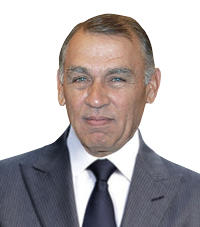
The number of EB-5 investors awarded a combined $81 million in February as part of a government settlement against developer Ariel Quiros in connection with nine Vermont projects. Quiros and his business partner raised $450 million from the investors, but Quiros allegedly used the cash as a personal piggybank, buying himself a condo in Trump Place, among other things. The case has been called the largest EB-5 fraud in the program’s history.
$186M
The amount of EB-5 capital that developer Harry Macklowe raised for his condo conversion at 1 Wall Street. In February, Macklowe offered to take on another $42 million from 83 investors who were defrauded in the Vermont scandal so that their capital would remain in the EB-5 program and they’d be eligible for green cards.
$1.5B
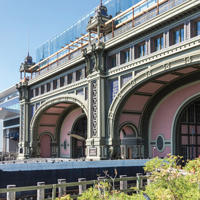
The amount of capital New York City Regional Center, one of the biggest EB-5 fundraisers in the U.S., claims it’s raised. Now 100+ investors in the Battery Maritime Building are suing NYCRC for fraud. And overseas agents who helped NYCRC raise millions for the Maritime, the Brooklyn Navy Yard, Steiner Studios and other projects say they’re still waiting on $9.4 million in commissions.
$16.6B
The amount of EB-5 money that needs to be redeployed into new projects nationally by 2020, according to NES Financial. That money has been repaid to investors, but because only 10,000 green cards are issued annually, those proceeds need to be funneled into new projects to keep investors’ capital “at risk” and qualified for visas.
124
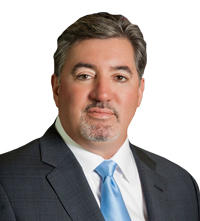
The number of Chinese investors who sought a temporary restraining order blocking Nicholas Mastroianni II’s U.S. Immigration Fund from moving their capital from Maefield Development’s 701 Seventh Avenue project to its TSX Broadway project across the street. The temporary restraining order was eventually dismissed and withdrawn by the investors as part of a settlement.
1
The number of EB-5 investors that USIF needed to lock in a $100 million construction loan for a Jupiter, Florida development. But almost 80 Chinese investors allege that Mastroianni, who was invested in an LLC that was acting as a lender, intentionally came up $500,000 short so that the project would default on its loan and he could take over. Last month, USIF filed a motion to dismiss the lawsuit, calling the plaintiffs’ complaint “a sham” and arguing that it “was filed based on provable lies.”
20% to 30%
The portion of the 700 EB-5 projects that NES has worked on to date that it estimates are located in designated opportunity zone areas. To put it another way: Those developers could tap both OZ tax breaks and raise EB-5 cash.
Sources: Miami Herald, New York Times, TRD, U.S. Citizenship and Immigration Services, VTDigger, the Wall Street Journal
Correction: A previous version of this story stated that investors had won a temporary restraining blocking the U.S. Immigration Fund from moving their capital from 701 Seventh Avenue to another project. The investors actually just sought the order, which was later withdrawn. The story was also updated to note that USIF filed a motion to dismiss a lawsuit at a project in Jupiter, Florida.




